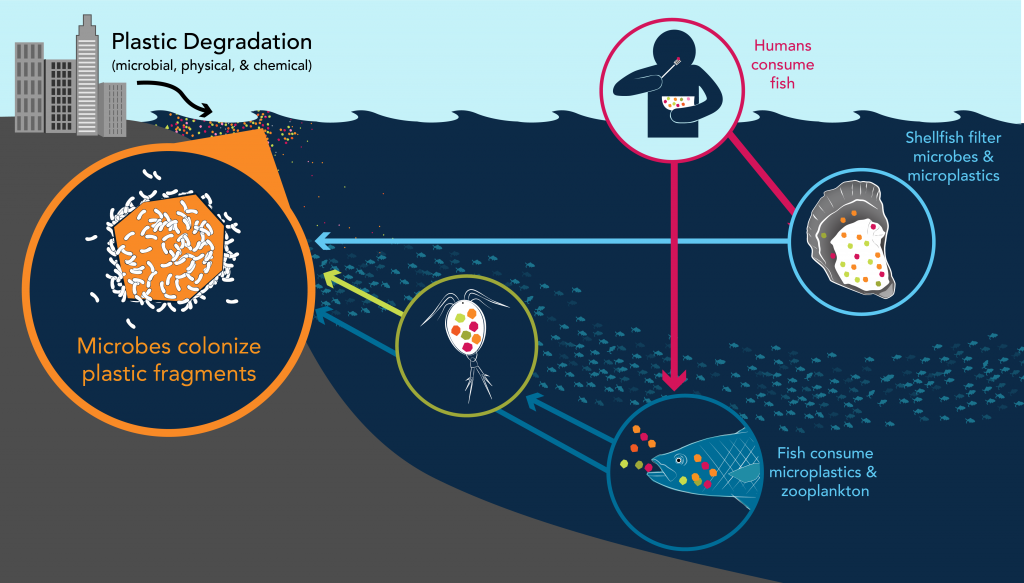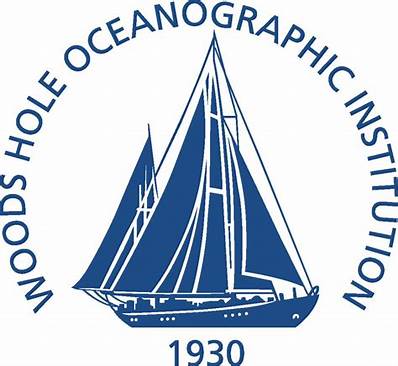
About WHOI's Microplastics Initiative
The presence in the ocean of microplastics (MPs) -- small particles of plastic less than 5 mm in size -- has emerged as a major cause for concern around the world. WHOI scientists first identified MPs in coastal and open ocean environments in the 1970s and subsequently contributed to seminal research on the presence of MPs in the North Atlantic subtropical gyre that was published in 2010.
Questions surrounding microplastics in the ocean are inherently complex and cross traditional disciplinary boundaries. As a result, WHOI researchers are working individually and collaboratively to conduct cross-disciplinary research to understand the fate and impacts of marine microplastics and their much smaller cousin, nanoplastics. The research is supported by partners and sponsors that include federal agencies, foundations, and individuals. WHOI scientists and engineers are also providing leadership in the microplastics research field by organizing events and giving presentations to a variety of audiences.
Capabilities
WHOI researchers have multi-disciplinary expertise and capabilities that are being applied to understand microplastics in the ocean:
Analytical chemistry, including Raman and FTIR spectroscopy and mass spectrometry
Photochemistry
Isotope geochemistry
Physical oceanographic modeling
Marine microbiology
Molecular toxicology
Global Rivers program
Marine Policy
Additional details can be found associated with individual team members.
